Kenya, a land of diverse landscapes and cultures, offers a culinary palette that is as vibrant and varied as its scenery. From the bustling streets of Nairobi to the quiet, sun-drenched beaches of Mombasa, every region boasts unique dishes that tell the story of the local communities and their histories. This blog takes you on a delightful journey through Kenyan cuisine, exploring the fusion of flavors that make up the country’s rich gastronomic heritage.
Table of Contents
The Foundations of Kenyan Cuisine
Kenyan cuisine is a colorful tapestry woven from the many ethnic groups that inhabit the country. The primary staples are maize, rice, ugali (a stiff dough made from maize flour), and chapati (a type of flatbread). These staples are usually accompanied by a variety of meats, vegetables, and legumes. The use of fresh ingredients, herbs, and spices such as turmeric, coriander, and cumin adds depth and flavor to the dishes, making each meal an exciting culinary adventure.
Ugali: The Heart of Every Meal
No discussion of Kenyan food would be complete without mentioning ugali. This simple dish made from maize flour and water is the backbone of many meals in Kenya. It has a doughy texture and is typically served with sukuma wiki (collard greens) and a protein such as fish, meat, or beans. The combination of these three elements—starch, greens, and protein—provides balanced nutrition and showcases the Kenyan philosophy of simple, whole foods.
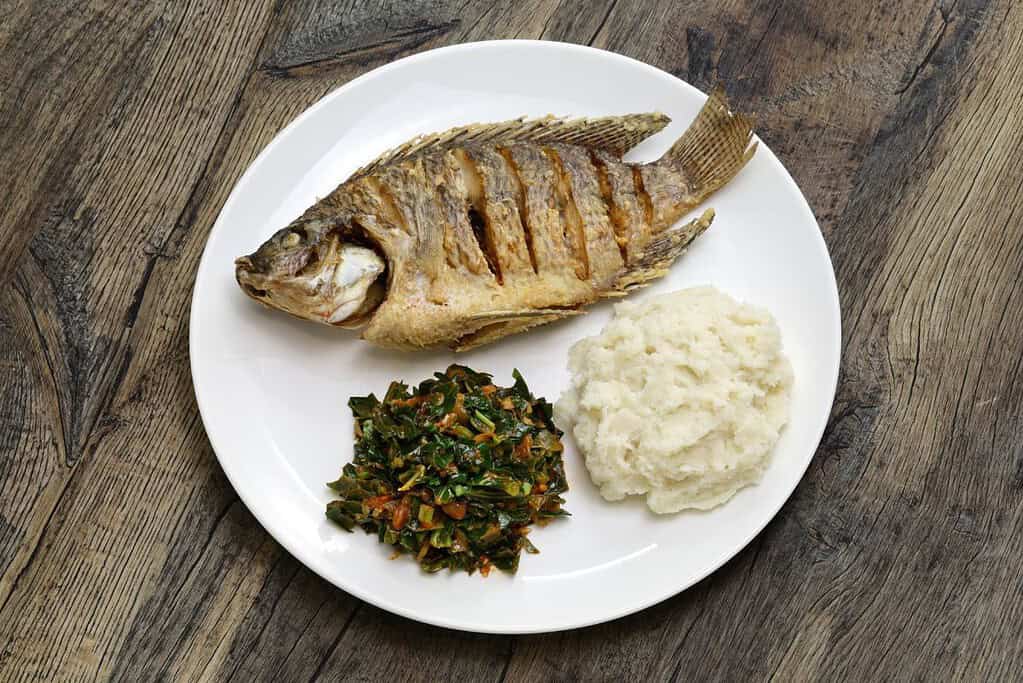
Nyama Choma: A Carnivore’s Delight
Nyama choma, which means “roasted meat” in Swahili, is Kenya’s ultimate barbecue dish, often made with goat, beef, or chicken. The meat is usually marinated in a mixture of lemon, garlic, and various spices, then grilled over an open fire until it is tender and smoky. Nyama choma is more than just food; it’s a part of Kenyan culture, often enjoyed at social gatherings and special occasions with friends and family.
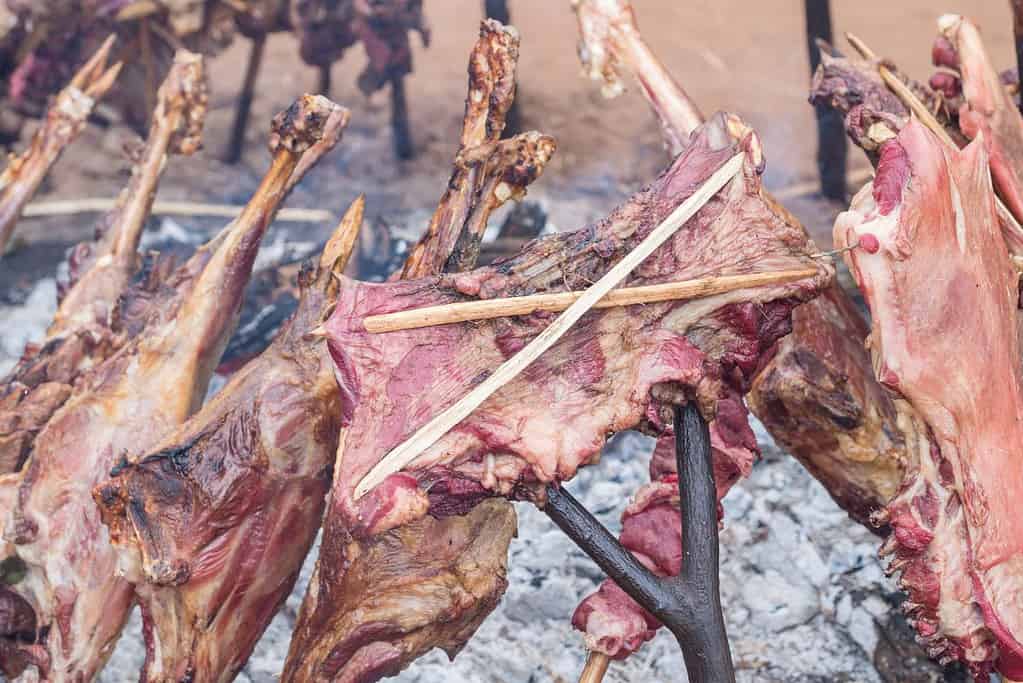
Coastal Cuisine: A Taste of the Indian Ocean
The Kenyan coast offers a different flavor profile, heavily influenced by historical trade with Arab and Portuguese sailors. The coastal dishes feature tropical fruits, coconut, and a lot of seafood, seasoned with exotic spices brought by the trade winds.
Swahili Dishes to Try
- Pilau and Biryani: Both are aromatic rice dishes seasoned with spices such as cardamom, cloves, and cinnamon. Pilau is typically cooked with meat and garnished with fried onions, while biryani may include layers of marinated meat, rice, and a mixture of mint and yogurt.
- Coconut Fish Curry: This dish is made with fresh fish cooked in a rich sauce of coconut milk and tamarind, often spiced with curry powder and turmeric. It’s usually served with rice or chapati, making it a hearty and satisfying meal.
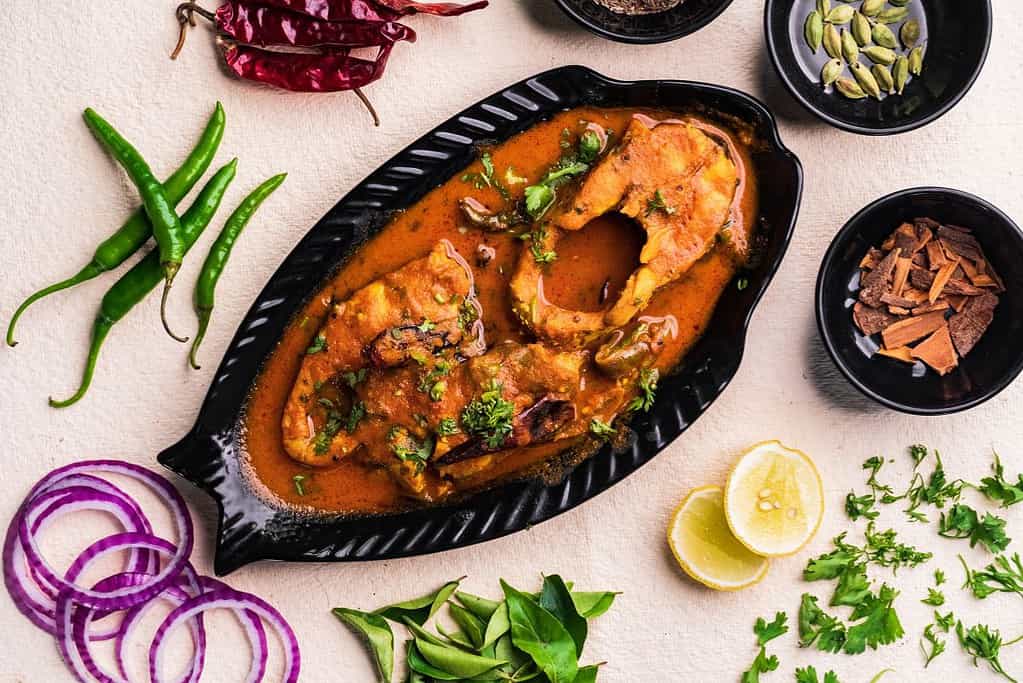
Inland Delicacies: Savory and Sweet
Moving away from the coast, the culinary landscape changes. The Rift Valley and the highlands offer dishes based on corn, millet, and sorghum, and are often paired with dairy products.
Githeri: A One-Pot Wonder
Githeri is a traditional meal among the Kikuyu people but has become popular across Kenya. It’s a nutritious mix of boiled beans and corn, sometimes enhanced with greens, potatoes, or meat. This dish exemplifies the Kenyan knack for creating hearty meals with whatever is available.
Kenyan Street Food: A Flavorful Experience
Street food in Kenya is not only affordable but also a testament to the inventiveness of local cuisine. Some must-try snacks include:
- Samosas: Deep-fried triangular pastries filled with spiced meat or vegetables. They are a legacy of Indian influence on Kenyan cuisine.
- Mandazi: East African doughnuts, slightly sweetened and spiced with cardamom or coconut milk.
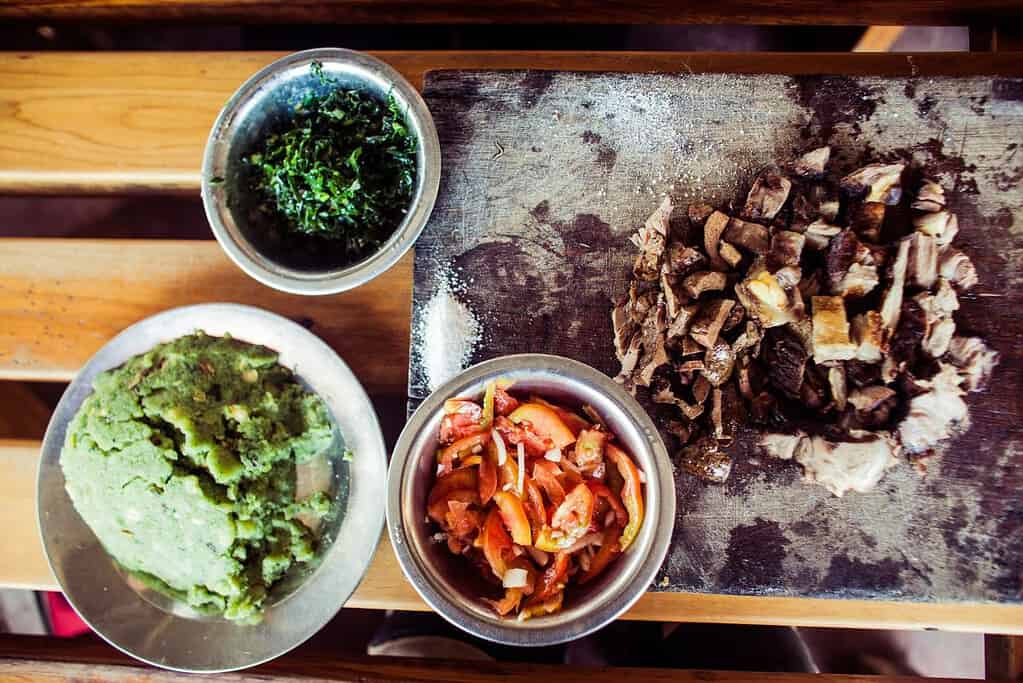
Sweets and Drinks
Kenyan sweets and beverages are as diverse as the meals.
- Chai: Kenyan tea, often brewed with spices like ginger and cardamom and served with plenty of milk and sugar.
- Maziwa Mala: Fermented milk, similar to yogurt, often consumed with ugali or sipped on its own.
Seasonal and Regional Variations
The regional variations in Kenyan cuisine also reflect the seasonal availability of ingredients, which plays a crucial role in the diet of many Kenyans. In regions like Western Kenya, you will find a higher consumption of fish, particularly from Lake Victoria, while areas like Central Kenya might focus more on agricultural products like potatoes and cabbages.
Highland Delicacies: From Farm to Table
In the fertile highlands of Kenya, agriculture thrives, offering a bounty of fresh vegetables and fruits. Here, dishes like Irish potatoes cooked with peas or carrots in a dish known as mukimo are common. Mukimo, a mash of potatoes, peas, maize, and sometimes pumpkin leaves, is a rich, hearty dish often served during special occasions.
Kachumbari: Kenya’s Favorite Salad
No Kenyan meal is complete without kachumbari. This fresh, spicy salad made with tomatoes, onions, cilantro (coriander), lemon juice, and chili peppers is the perfect accompaniment to almost any dish. It adds a crisp, refreshing bite that balances the often rich and hearty flavors of Kenyan main courses.
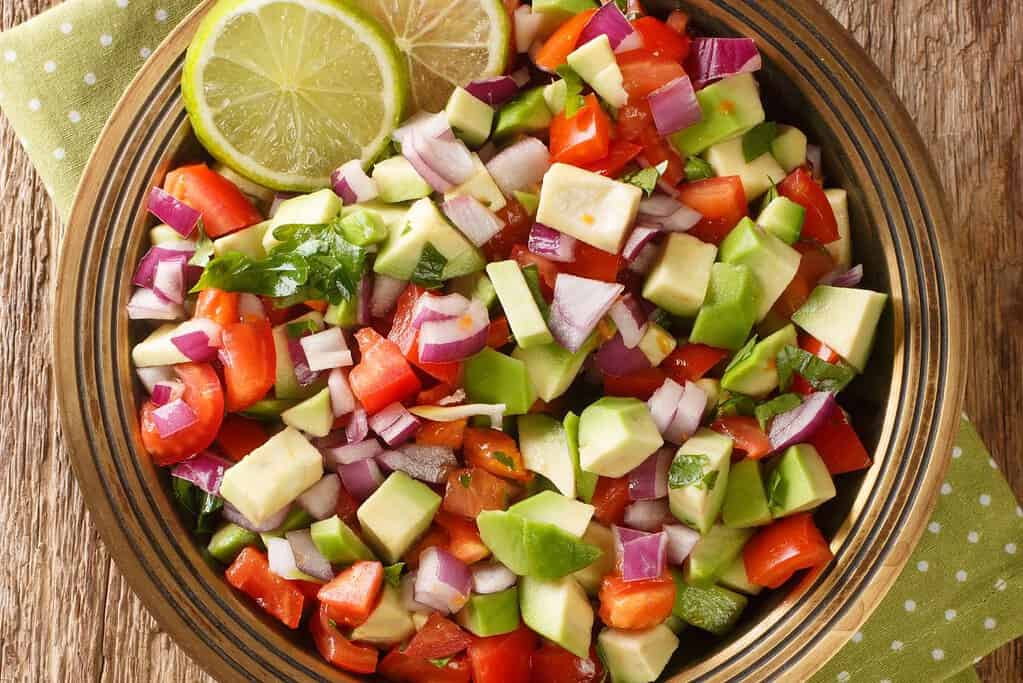
The Role of Maize in Kenyan Culture
Maize is not only a staple food but also a central element in the culture of many Kenyan communities. It is used in ceremonies and festivals across various tribes and plays a critical role during celebrations such as harvest festivals. Maize, in its many forms—from fresh corn to the flour used for ugali—symbolizes nourishment and prosperity and is deeply embedded in Kenya’s agricultural and culinary traditions.
Innovation in Contemporary Kenyan Cuisine
While traditional dishes remain popular, contemporary Kenyan cuisine is not afraid to innovate. In urban areas, particularly Nairobi, chefs are experimenting by blending traditional flavors with global influences, creating exciting new dishes that appeal to both local and international palates.
Fusion Dishes and Modern Twists
For instance, you might find ugali being served with a modern twist of gourmet sauces or paired with non-traditional meats like duck or rabbit. Restaurants are also incorporating organic and locally-sourced ingredients to cater to health-conscious consumers, promoting sustainable eating practices within the community.
The Social Aspect of Kenyan Dining
Eating in Kenya is a communal affair meant to be enjoyed together with family and friends. Meals are often seen as an opportunity to connect and share. This social aspect extends to the preparation of food, with many dishes cooked slowly and lovingly, often over an open fire which itself is a focal point for gathering and storytelling.
Culinary Tours: Experiencing Kenya Through Its Food
For those wanting to dive deep into the heart of Kenyan cuisine, culinary tours are available. These tours not only allow visitors to taste a wide variety of dishes but also to participate in cooking them, offering a hands-on approach to understanding the culture and culinary techniques that define Kenyan cooking.
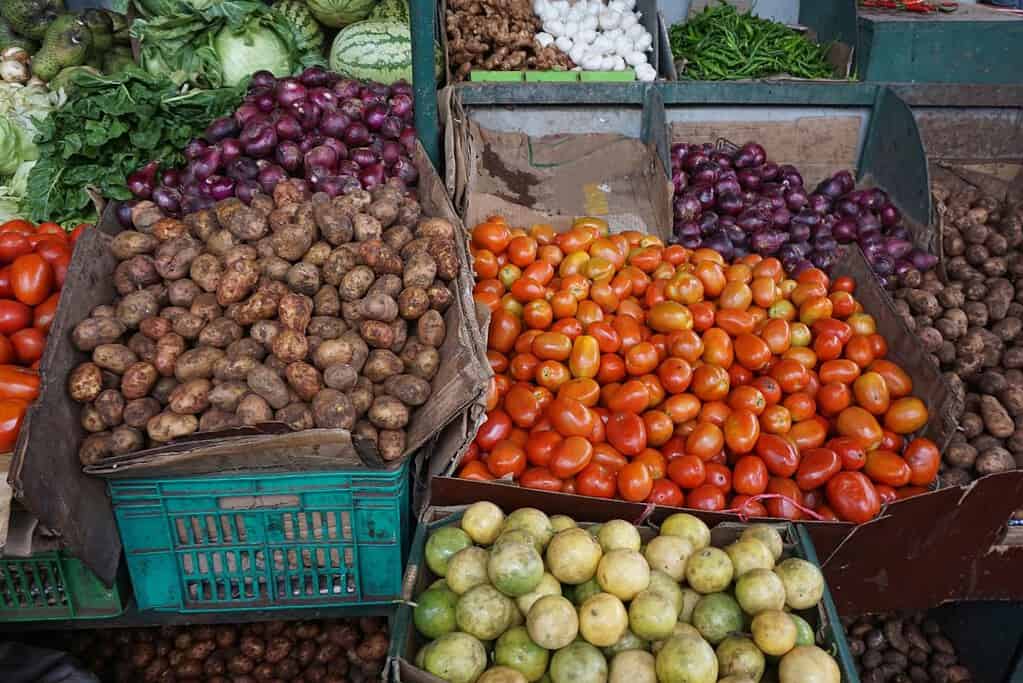
Conclusion
Kenyan cuisine is a dynamic and flavorful fusion of traditions and cultures, reflecting the country’s rich history and diverse ethnic backgrounds. Whether you are enjoying a simple meal of ugali and sukuma wiki or indulging in a spicy coastal curry, each dish offers a glimpse into the soul of Kenya, making every bite a part of your culinary journey through East Africa.
